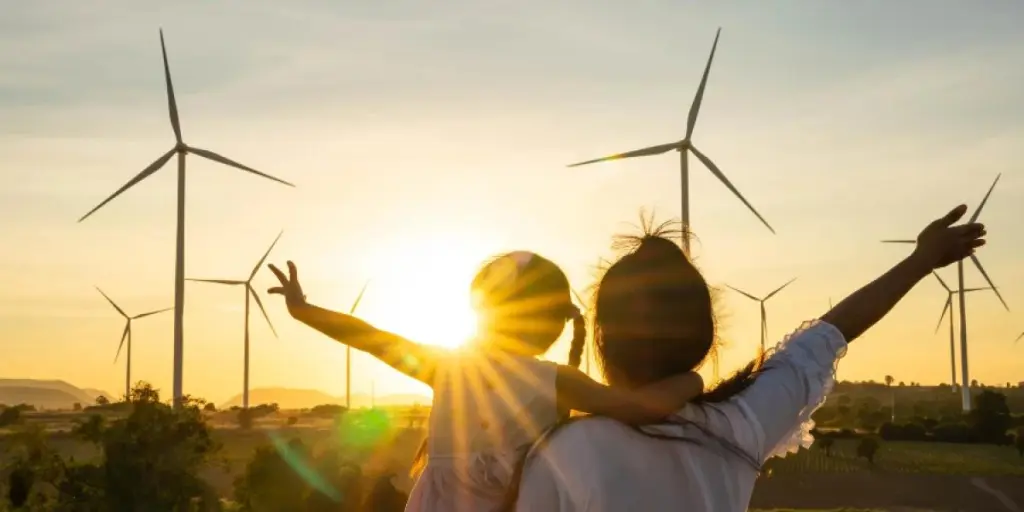- Taking a cue from US passing the IRA, Canada too has announced plans to support clean energy technologies with ITC
- Up to 30% ITC will be available for companies that meet all eligibility criteria but details will be shared later
- For clean technologies, Canada expects to incur a cost of $6.7 billion till the end of 2034
- It will also provide up to 40% ITC for clean hydrogen generation to be phased out after 2030
Canada has now proposed to introduce an up to 30% ITC for investments in clean technologies including solar PV, storage and clean hydrogen worth $6.7 billion with a focus on net-zero technologies. This follows on the US Inflation Reduction Act (IRA) recently passed by its neighbor that extends the very successful Investment Tax Credits (ITC) for clean technology, responsible for the big boom in utility scale solar in the US.
“Following the adoption of the Inflation Reduction Act in the United States, the need for a competitive clean technology tax credit in Canada is more important than ever,” reads the 2022 Fall Economic Statement of the Government of Canada.
Specifically, the statement proposes a refundable tax credit equal to 30% of the capital cost of investments in the following:
- Electricity generation systems including solar PV, small modular nuclear reactors, concentrated solar, wind, and water (small hydro, run-of-river, wave, and tidal);
- Stationary Electricity Storage Systems that do not use fossil fuels in their operation, including but not limited to batteries, flywheels, supercapacitors, magnetic energy storage, compressed air storage, pumped hydro storage, gravity energy storage, and thermal energy storage,
- Low-Carbon Heat Equipment, including active solar heating, air-source heat pumps, and ground-source heat pumps; and
- Industrial zero-emission vehicles and related charging or refueling equipment, such as hydrogen or electric heavy-duty equipment used in mining or construction.
Companies will be incentivized for creating ‘good jobs’ and those that stick to certain labor conditions can get full 30% credit, and those that do not will be eligible for 20% credit. To put down labor conditions of the proposed tax credit, the Department of Finance will consult with a broad group of stakeholders including unions.
The government expects the ITC to cost it $6.7 billion over 5 years, starting in 2023-2024. It will be available as of the day of Budget 2023, subject to a phase out starting in 2032 and no longer in effect at the start of 2035.
Clean hydrogen
To offer the ITC to support investments in clean hydrogen production, the Department of Finance will launch a consultation. Referring to the US’ IRA, Canada will also start providing support when emissions from the production of clean hydrogen reaches 4.0 kg of CO2e or less per kg, and the highest level of support will be offered when emissions are 0.45 kg of CO2e or less per kg of hydrogen.
Maximum ITC of at least 40% will be offered to projects with the lowest carbon intensity tier that meets all eligibility requirements. The ITC will be provided from the 1st day of Budget 2023 and phased out after 2030.
Advanced manufacturing competitiveness
The government will work with various stakeholders to make Canada the ‘premier destination’ for investment in clean technology manufacturing and create good paying jobs. “As key components of the future net-zero economy, these sectors are highly and globally competitive. Other countries, including the United States, are taking significant action to attract these industries and the jobs that come with them. Canada must and will keep pace,” according to the government.
In addition, the Canadian Finance Minister Chrystia Freeland announced the launch of a Canada Growth Fund to mobilize private capital into efforts that reduce emissions and achieve Canada’s climate targets, while accelerating the deployment of low carbon technologies. It is planned to be launched by the end of 2022 as a subsidiary of the Canada Development Investment Corporation (CDEV).
The complete text of the Canadian government’s 2022 Fall Economic Statement is available on its website.
Since August 2022 when the US government passed the IRA, there have been a slew of announcements for solar module and related equipment manufacturing activity in the country, mobilizing billions of private money into the country. The IRA specifies very clear ITC for various manufacturing initiatives. It remains to be seen what Canada comes up with.
Taking into account its gigantic potential, solar growth in Canada has been embarrassingly slow when compared to its neighbor US or other G7 countries – the country added only 288 MW of utility-scale solar in 2021 (see Canada Installed 1 GW Wind & Solar In 2021). Canada had installed less than 100 W solar per capita end of last year, that’s less than a tenth of market leader Australia.
However, the Canadian Renewable Energy Association (CanREA) welcomed the Canadian government statement which it stressed will accelerate investment in decarbonization.
“This is a positive sign that Canada’s government is taking bold action to decarbonize with investment certainty for solar energy, wind energy and energy storage,” said Vice-President of Policy and Government Affairs at CanREA, Brandy Giannetta.
Source from Taiyang News
The information set forth above is provided by Taiyang News independently of Alibaba.com. Alibaba.com makes no representation and warranties as to the quality and reliability of the seller and products.




